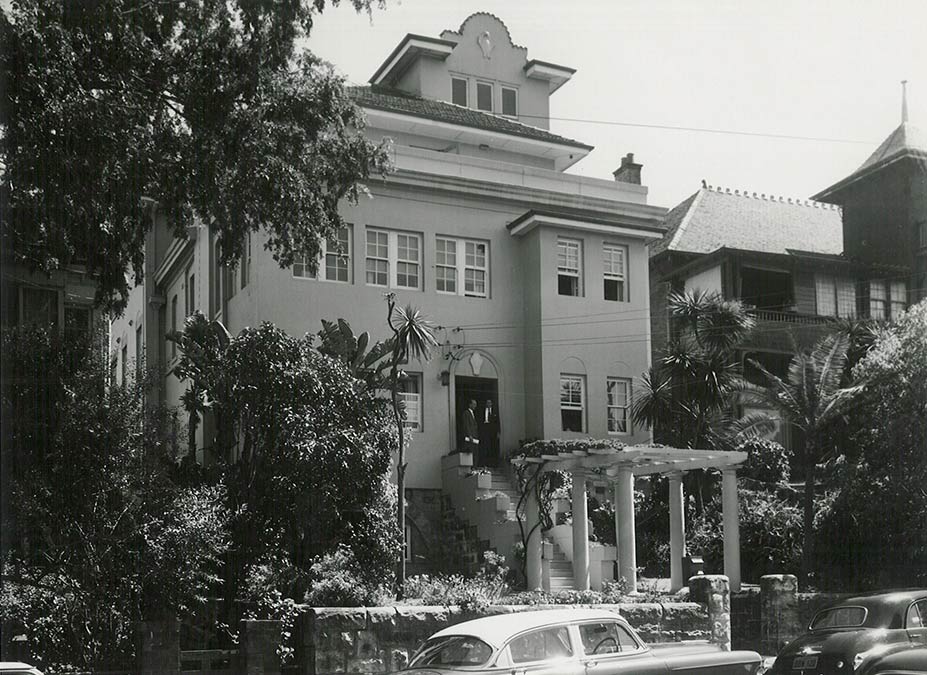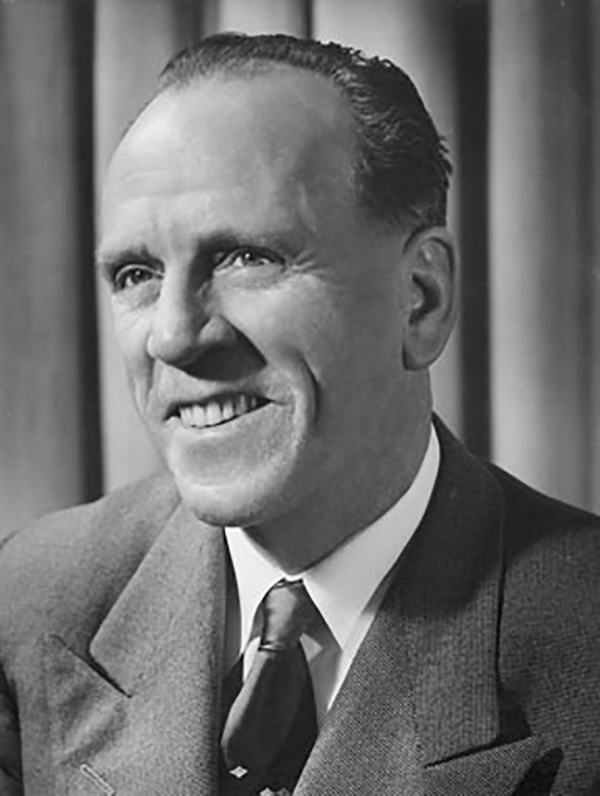
About the Centre
The H.C. Coombs Centre is the ideal Sydney Harbour location for your next conference, seminar or training session.
Situated in the heart of Kirribilli, with easy access by bus, ferry or train from Sydney CBD, we are dedicated to ensuring your conference is a complete success and offer the highest level of professional service for your training needs. The Centre boasts fully equipped conference rooms, wireless internet access, overnight accommodation, a dining room and recreation rooms. Residential and day only packages, including use of all Centre facilities and full catering, are available.
History
The site where the H.C. Coombs Centre for Financial Studies now stands originally housed a guest house. However, following its acquisition by the Commonwealth Bank the building was turned into a residential training college for staff.
The Reserve Bank inherited this building in 1960 as part of what is known as ‘Separation’, referring to the separation of the Commonwealth Bank from the Reserve Bank. From 1960 through to the 1980s, all of the Reserve Bank's courses were held at the training college. The size of the organisation's staff and the number of courses on offer meant that the college was used constantly, and given the number of interstate staff employed by the Bank in the 1960s and 70s, almost all of the courses were residential.
Up until the 1980s, the training college was maintained and run by a small group of Reserve Bank staff. However, it was closed in 1986 and a major re-build was undertaken, resulting in the Bank's current training facility, the H.C. Coombs Centre for Financial Studies.

About Dr H.C. Coombs
Dr H.C. Coombs is considered by some to have been the ultimate public servant, having advised and worked closely with governments of both political persuasions over a number of decades. In the 1940s, he worked with the Labour governments of Curtin and Chifley as the Director-General of Post War Reconstruction, and when Prime Minister Menzies was in power, Coombs held the post of Governor of the Commonwealth Bank.
The Bank's longest serving Governor, Dr Coombs was initially appointed to head the Commonwealth Bank in 1949. He became Chairman of the Commonwealth Bank's Board in 1951 and was re-appointed as Governor for another seven years in 1956. In 1959, the Commonwealth Government separated the Bank's central banking functions from its trading and savings bank activities. ‘Nugget’ oversaw this transition from one institution to two, and continued as Governor for the Reserve Bank from 14 January 1960 until 22 July 1968.
According to Reserve Bank historian, Boris Schedvin, one of Dr Coombs’ finest achievements was building a central bank in Australia ‘that could compare with the best in the world … in the 1950s the Bank became a prestigious place in which to work. The quality of economic intelligence was greatly improved, and economic debate flourished’.
In addition to his commitments at the Bank, Dr Coombs also had a strong interest in a number of other fields, particularly the arts. He was active in the formation of the Australian Elizabethan Theatre Trust, and was its Chairman from 1954 to 1968. His interest in the arts also found an outlet in the Bank in the early acquisition of a fine collection of paintings by notable Australian artists. After retiring from the Bank, Dr Coombs was Chairman of the Council for Aboriginal Affairs (from 1968 to 1976), Chairman of the Council for the Arts from (1968 to 1974) and Chancellor of the Australian National University (from 1968 to 1976). In his later years, Dr Coombs divided his time between the ANU's Centre for Resource and Environmental Studies in Canberra and its North Australia Research in Darwin.
According to historian Tim Rowse, whose biography of Coombs, A Reforming Life, was published in 2002, ‘Coombs used the office of Governor as a site to give general community leadership … he had a great moral vocation and believed that the general public should be educated about the arts for the good of the country … On his retirement from the Reserve Bank the high regard and respect in which Dr Coombs was held was evident in the extensive press coverage of the day. Australia is indeed lucky to produce such men as Dr Coombs’, said The Sun editorial. ‘Few Australians have contributed so richly to so many fields of our national life as Nugget Coombs … A remarkable man, in more ways than one’.

